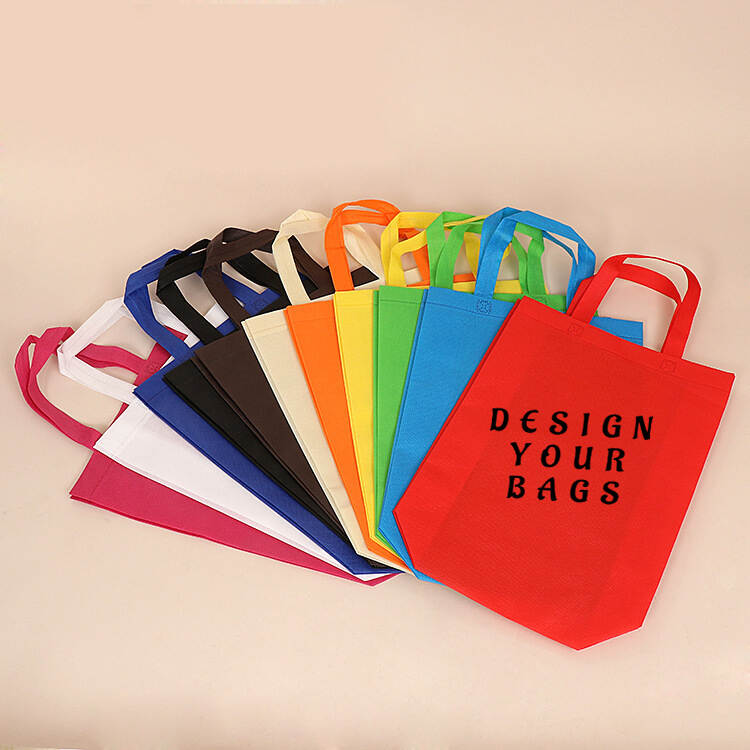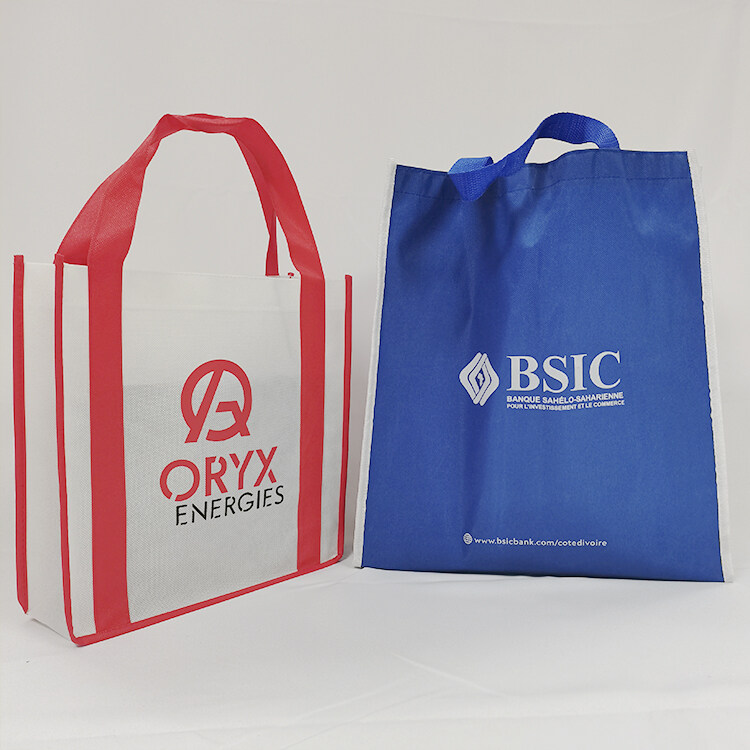Email cannot be empty
Password cannot be empty
Email format error
Email cannot be empty
Email already exists
6-20 characters(letters plus numbers only)
The password is inconsistent
Email format error
Email cannot be empty
Email does not exist
6-20 characters(letters plus numbers only)
The password is inconsistent

In a world increasingly focused on sustainability and practicality, tote non-woven bags have emerged as a popular alternative to traditional plastic and fabric bags. These bags are not only eco-friendly but also highly versatile, making them a favorite among businesses, shoppers, and eco-conscious individuals. This article dives into what makes tote non-woven bags special, their benefits, and how they can be used in various contexts.
Tote non-woven bags are made from non-woven polypropylene, a durable and lightweight material created by bonding fibers together using heat, chemicals, or mechanical processes. Unlike woven fabrics, non-woven materials are not made by weaving or knitting, which gives them unique properties such as strength, flexibility, and breathability.
These bags typically feature two sturdy handles, making them easy to carry, and come in a variety of sizes, colors, and designs. They are often customized with logos or artwork, making them a popular choice for promotional purposes.

Eco-Friendly:
Non-woven polypropylene is recyclable and reusable, reducing the need for single-use plastic bags.
They are more durable than traditional plastic bags, meaning they can be used multiple times before being recycled.
Cost-Effective:
Despite their durability, non-woven bags are affordable to produce, making them a budget-friendly option for businesses and consumers.
Customizable:
These bags can be easily printed with logos, slogans, or designs, making them ideal for branding and promotional campaigns.
Lightweight and Durable:
Non-woven bags are strong enough to carry heavy items like groceries or books, yet lightweight enough to fold and store easily.
Water-Resistant:
The material is resistant to moisture, making it suitable for carrying items in light rain or damp conditions.
Breathable:
Unlike plastic bags, non-woven bags allow air to circulate, making them ideal for carrying items like fresh produce or gym clothes.
Retail and Shopping:
Many stores offer non-woven tote bags as an eco-friendly alternative to plastic bags. They are perfect for carrying groceries, clothing, or other purchases.
Promotional Giveaways:
Businesses often use customized non-woven bags as promotional items at trade shows, events, or conferences. They are practical, reusable, and help increase brand visibility.
Reusable Grocery Bags:
With their durability and large capacity, non-woven bags are ideal for grocery shopping. They can replace dozens of single-use plastic bags over their lifespan.
Fashion and Lifestyle:
Non-woven tote bags come in stylish designs and colors, making them a trendy accessory for everyday use. They are perfect for carrying books, laptops, or beach essentials.
Events and Conferences:
These bags are often used as event swag, providing attendees with a convenient way to carry brochures, samples, or personal items.
One of the biggest advantages of non-woven tote bags is their customizability. Here’s how you can make them uniquely yours:
Printing Techniques:
Use screen printing, heat transfer, or digital printing to add logos, artwork, or text.
Choose from a wide range of colors and finishes to match your brand’s aesthetic.
Size and Shape:
Select from standard sizes or request custom dimensions to suit your specific needs.
Add features like zippers, pockets, or reinforced handles for added functionality.
Material Variations:
Opt for different weights of non-woven fabric depending on the intended use. Heavier fabrics are more durable, while lighter ones are more cost-effective.
Handle Styles:
Choose between short handles for hand-carrying or long handles for shoulder use. Reinforced handles add extra strength for heavy loads.
Reduced Plastic Waste:
By replacing single-use plastic bags, non-woven tote bags help reduce plastic pollution in landfills and oceans.
Reusability:
A single non-woven bag can replace hundreds of disposable bags over its lifetime, significantly reducing waste.
Recyclability:
At the end of their life cycle, non-woven bags can be recycled into new products, further minimizing their environmental footprint.
Energy Efficiency:
The production of non-woven polypropylene requires less energy compared to traditional woven fabrics, making it a more sustainable choice.
Consider the Purpose:
For heavy-duty use, choose a bag with a higher GSM (grams per square meter) for added durability.
For lightweight or promotional purposes, a lower GSM may be more cost-effective.
Prioritize Quality:
Look for bags with reinforced seams and handles to ensure they can withstand repeated use.
Think About Design:
Choose colors and designs that align with your brand or personal style. A well-designed bag is more likely to be reused.
Check Customization Options:
Work with a supplier who offers a wide range of customization options to create a bag that stands out.
Tote non-woven bags are a practical, eco-friendly, and versatile solution for carrying goods, promoting brands, and reducing plastic waste. Their durability, customizability, and low environmental impact make them an excellent choice for businesses and individuals alike. By choosing non-woven tote bags, you’re not only making a smart investment but also contributing to a more sustainable future.